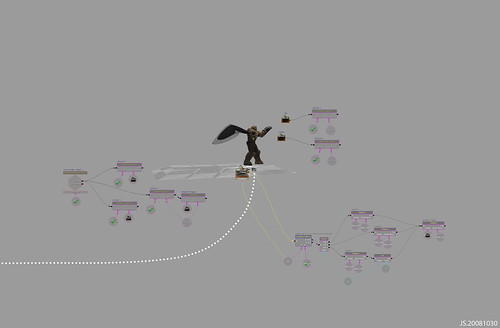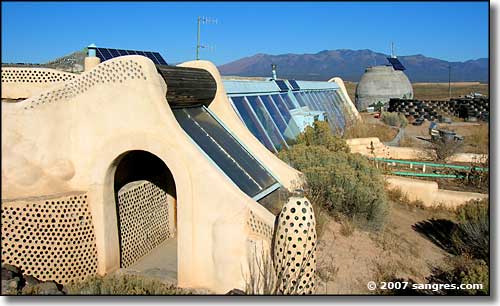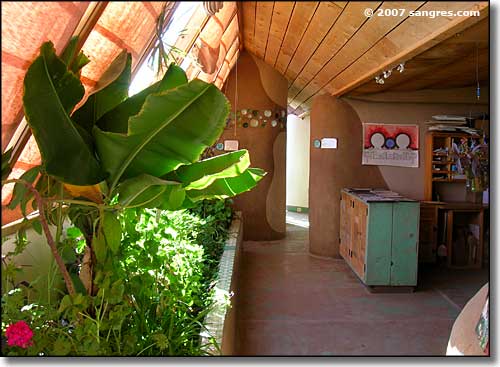
My final project is going to be a digital Sydney Terrarium, a portion of the city reduced in scale and abstracted into the form of a simulation. The simulation runs the period of Sydney's 2030 strategy, and the player is essentially given to chance to grow their own Sydney.
Sydney Terrarium is also the extension of a proposed real, full-scale nursery located above the Eastern Distributor southern ventilation stack.
The nursery-terrarium is an adaptation of City Farm Chicago. The City Farm works on a minimal architecture maximum impact model - it reaches far beyond its single acre farm by supporting satellite gardens around Chicago. But where Chicago has a patchwork of undeveloped lots, Sydney only has balconies and open roofs. Thus my project proposes to extend the reach of the nursery, and of the residents in surrounding suburbs, by lacing the city with a connected network of potted plants that are geared to evolving ecological models. Just as ecology is about interrelatedness, a sustainable Sydney should leave no one in the ecological dark.
"With tens of thousands of vacant city lots in Chicago, mostly in economically under-developed neighborhoods, turning vacant land into an asset for the community is a primary objective of City Farm."
About Terraria [Wikipedia]
Sustainable Sydney 2030 [City of Sydney]
City Farm, Chicago [Resource Center Chicago]










